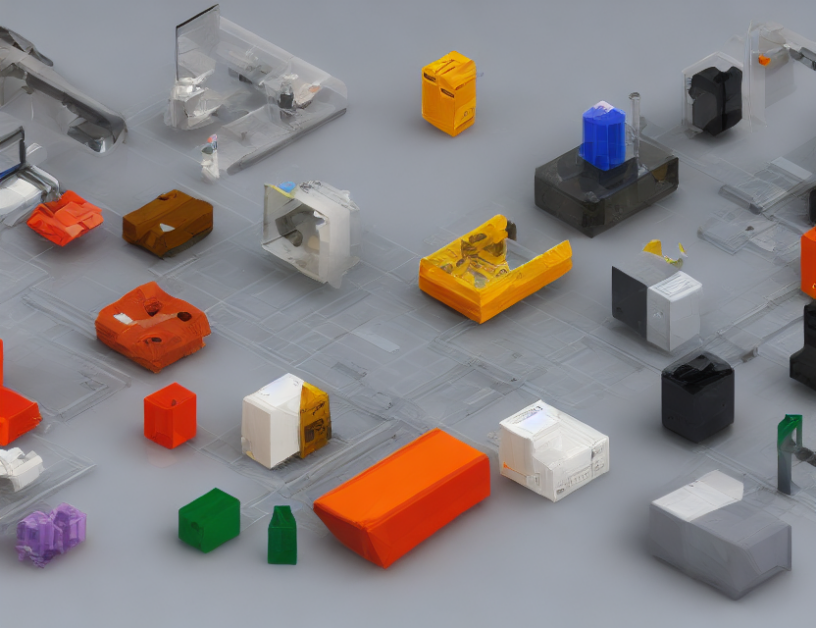In this article, we present a novel approach to assembling complex mechanisms using combinatory logic. Combinators are used to dynamically create types based on the request, allowing us to correctly propagate parts and account for multiple configurations. The synthesis process is posed against these typed combinators, offering a limited guarantee of correctness.
Imagine designing a Lego tower with intricate details and multiple parts. Each part has its unique shape and function, just like the individual components in a complex mechanism. Our approach allows you to easily insert and move parts around, making sure they fit together correctly without any errors.
We use a graphical user interface to browse the synthesized results, which display the total amount of required parts and their estimated cost based on previously set metadata. By unfolding individual entries, you can see a full BOM (Bill of Materials) for each assembly, making it easier to track the components.
Our approach greatly speeds up the insertion process in CAD software by optimizing multiple occurrences of parts. The order of moves is crucial to ensure that the joints created in the next step correspond to the presence of the parts in the links.
In summary, our method combines combinatory logic with dynamic type creation to efficiently assemble complex mechanisms. By demystifying complex concepts and using everyday language, we hope to make this technique accessible to a wide range of readers. Whether you’re an engineering expert or just curious about the latest advancements in technology, this article provides a comprehensive overview of our innovative approach to assembly.
Designing Physical Products with Combinatory Logic: Limitations and Solutions



